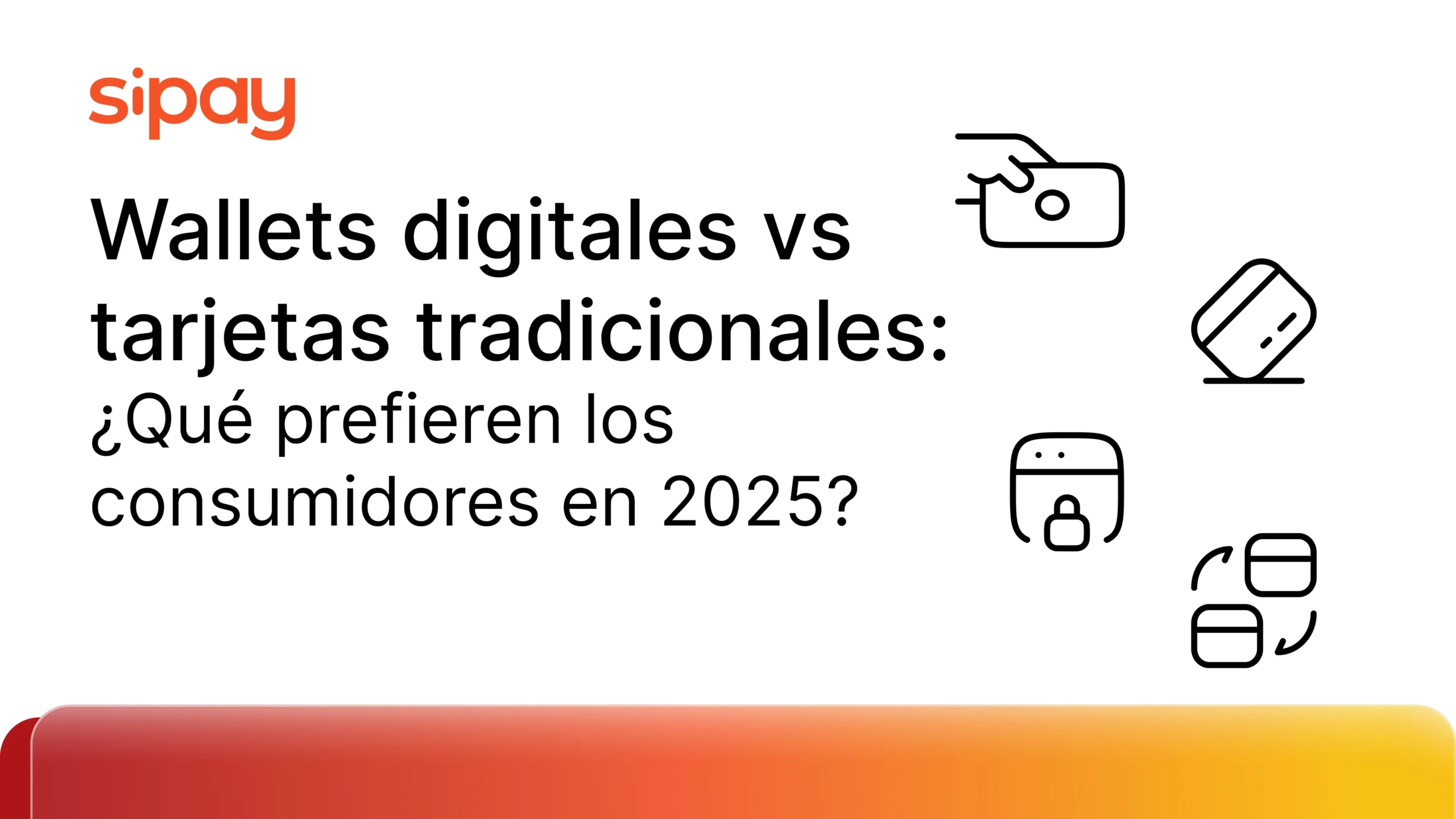How many times have you heard that the audience on social networks is growing? Indeed, these words that are so often repeated nowadays, are true, and according to regular studies produced by IAB Spain on social networks, more than 80% of the Spanish population between 16 and 65 years in 2020 were already users of them.
This trend continues to grow every year. For this reason, many companies have begun to sell their products through all these platforms, a new phenomenon known as social commerce. As a result, Spanish businesses add an additional way to sell their products and services online, a modality that was favored at the beginning of 2020 with the arrival of the pandemic.
But how have companies come to sell their products through social networks? The traditional method of shopping in physical stores was complemented by Internet shopping, a system characterized by the purchase of products through websites. The latter system is known as ecommerce. Companies have finally progressed and adapted to consumer habits, including the possibility of purchasing directly from social networks.
In the digital era, these platforms have become the main showcase for companies to exhibit their products, as they are an excellent option to display visual content. For example, Pinterest has reached 300 million users and a Hootsuite study has shown that millennials prefer to use this social network to make purchases. In addition, 87% of its users have stated that they have already purchased items they have seen on this platform.
In this entire online environment, there are a lot of tools available to organize and classify content. Instagram, for example, since 2018 already has its own official sales channel, Instagram Shopify. With this app, brands can tag products in their posts, allowing users to buy and pay from the online store without leaving the app itself.
Twitter has been the latest social network to join social commerce with the launch of Twitter Shops. In this free feature, sellers can show a collection of 50 products to their users, and in this way, with a single click, customers will have the entire product catalog available.
The challenges companies face today with social commerce are:
- Offer products and services adapted to each social network. The sales strategy cannot be the same for all platforms because the audience and users are different in each of them, so if companies want to increase their sales, they must split and select the best way to communicate with their users to make this increase possible.
- Originality and attracting the public’s attention are key aspects: the Internet is a universe in which users have many options and alternatives. Shoppers have gone from having only one store’s products available to being overwhelmed by advertising from numerous companies, so brands must create content that is sufficiently appealing for customers to opt for their goods.
- One of the biggest inconveniences of social commerce is the reluctance of many users to enter their personal and credit card data when making an online payment. Therefore, the challenge for many companies is to establish a guarantee that allows customers to have calm that their payments will be secure and without the possibility of fraud.
From Sipay, a global payment gateway, we provide a wide variety of methods to companies to ensure speed and security. Despite these challenges, the advantages offered by social commerce are numerous, among them:
- Get more customer traffic to the company´s products. Through social networks, the possibilities of viralization and diffusion increase, so the probability of sales is higher.
- Social networks are also a channel to improve customer service, so they can improve the service offered thanks to the immediacy and agility for which they are characterized. Besides, they let you to offer more information, which can be the key to their decision to choose your products.
- Through these platforms, companies can develop public distribution and get to know them in depth, being able to analyze their likes and needs. The response and adaptation to their tastes will be, consequently, greater, and easier.
- All this allows enterprises to increase engagement with their audience, and with it, their reputation as a brand. If people value a company positively, it is likely that this opinion will be transmitted to more people, so there will be a consolidation of brand identity.
These reasons have increased the trend that has been visible for some years now of abandoning cash as a payment method. Therefore, social commerce is not only changing consumers’ shopping habits. It is also changing their payment methods. Card payments, bank transfers or other alternative global payment methods such as PayPal or local payment methods such as Bizum are here to stay, and companies must adapt to them.



